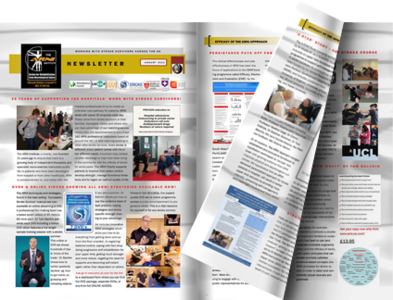In the high-stakes world of acute stroke care, where every second counts, the speed and efficacy of intervention are paramount to saving brain cells and minimising long-term disability. A revolutionary breakthrough from Stanford University’s Department of Mechanical Engineering and Neuroimaging, published in Nature in June 2025, promises dramatic possibilities. Researchers, including Renee Shao and Jeremy Heit, have unveiled a novel spinning micro-device, the ‘milli-spinner,’ designed to remove brain clots with unprecedented precision and effectiveness.
Current thrombectomy procedures for large vessel occlusion (LVO) strokes, while effective, still have significant limitations. These methods often involve either aspiration catheters that can struggle with larger clots or stent retrievers that grapple and pull the clot, risking fragmentation and dispersal of pieces into smaller, more difficult-to-reach vessels. This can lead to incomplete recanalisation and further brain damage.
The milli-spinner, by contrast, operates on a fundamentally different and more elegant principle. As a tiny, catheter-delivered tool, it utilises a combination of localised suction, compression, and shear forces generated by its rapid spinning action to gently and efficiently process the clot.
The device works by first applying localised suction to secure the clot against the tip of the catheter. The subsequent rapid rotation then creates shear forces that cause the fibrous protein mesh of the clot (fibrin) to roll into a tight, compact ball, shrinking its volume significantly—by up to 95% in preclinical tests.
This ‘fibrin-balling’ action effectively expels the trapped red blood cells, which can then safely continue flowing, leaving behind a manageable, dense clot that is easily removed via suction. This innovative mechanism drastically reduces the risk of fragmentation and subsequent distal embolisation, which are common and serious complications of existing methods.
The results from preclinical studies using flow models and animal subjects were nothing short of remarkable. In tests on tough, fibrin-rich clots that are notoriously difficult to treat with existing devices, the milli-spinner achieved a 90% first-pass success rate in restoring blood flow, a significant leap from the 11% success rate of conventional tools for these cases.
Overall, the device more than doubled the efficacy of current technology, suggesting a major paradigm shift in interventional neurosurgery. Jeremy Heit, Chief of Neuroimaging and Neurointervention at Stanford, called the milli-spinner ‘a sea-change technology,’ projecting that it could save tens of thousands of lives and substantially reduce disability if translated successfully to clinical practice.
The potential impact of this technology extends beyond just higher survival rates. The minimally invasive and highly precise nature of the milli-spinner suggests it could also lead to better functional outcomes and a reduced risk of long-term disability, a critical factor for stroke patients and their families. By achieving faster and more complete clot removal, the device maximises the salvageable brain tissue, a key determinant of post-stroke recovery.
While the device is still undergoing further development and requires clinical trials for human use, a company has already been launched to license the technology from Stanford and accelerate its path to market. The milli-spinner represents a brilliant fusion of engineering innovation and neurovascular medicine, offering renewed hope for a faster, safer and more effective future for stroke intervention.



